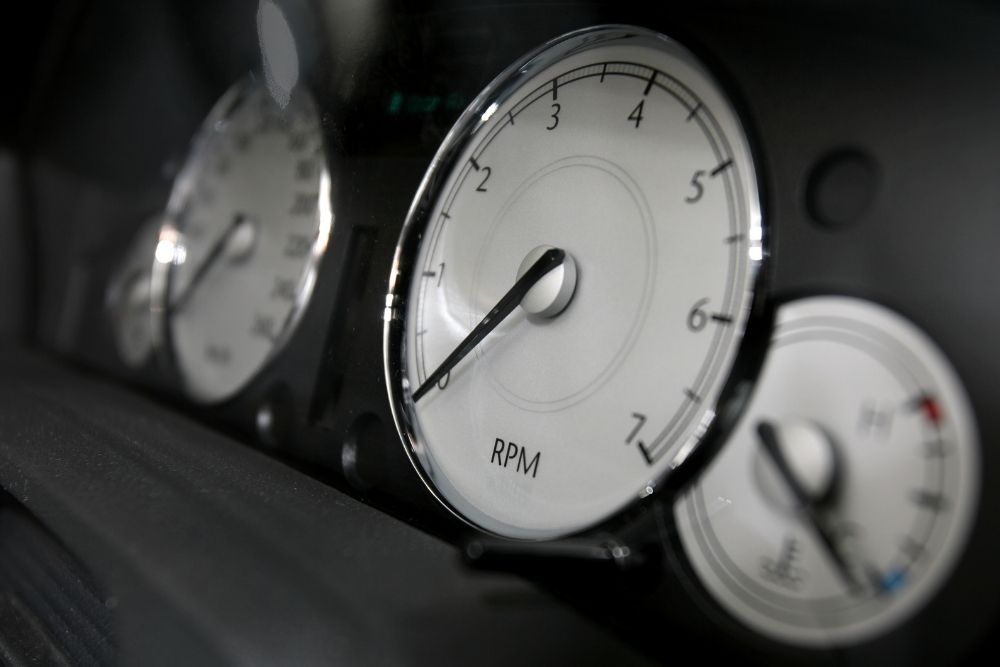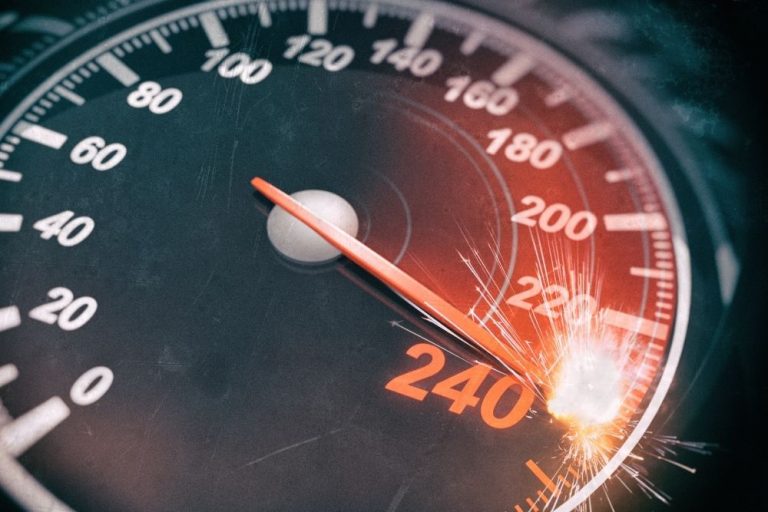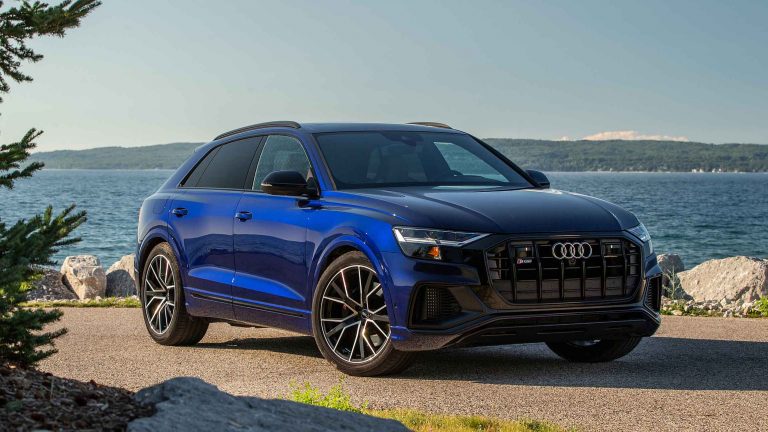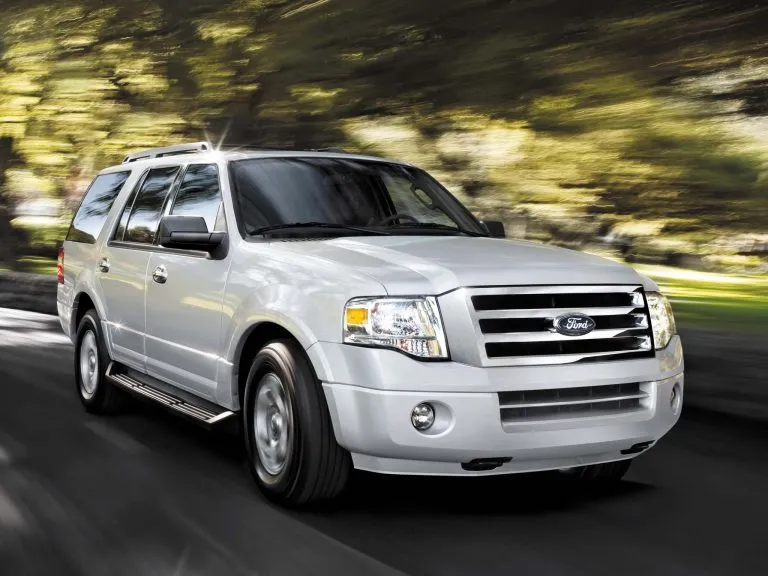What is RPM in a Car? (Answered)
If you’ve been around cars long enough, or even just seen some car shows on TV, there’s a good chance that you will have come across the term ‘RPM’ before.
Quite simply, RPM stands for revolutions per minute. This refers to the number of times the engine’s crankshaft will rotate in a minute.
Now, this doesn’t actually mean how fast the car is going, rather how fast the engine is working. You’ll notice that when you press the accelerator pedal with the clutch engaged, the RPM dial (tachometer) will go up, even if you’re not moving. That’s because the engine is still working hard and producing a high RPM, ready to use it to move the car.
Why is RPM important?
In years gone by, drivers would have to be very wary of their RPM to avoid causing damage to their engine. The same is still true today, though not to quite the same extent.
Most modern cars now will have an automatic rev limiter which will prevent the engine from being pushed too far.
Similarly, automatic transmission cars will worry about revs for the driver, meaning they don’t have to worry about controlling their RPM nearly as much.
So why do we still need to see our RPM when we drive? Well the answer exclusively concerns manual transmission cars.
RPM indicates the appropriate time to switch between gears to either increase or decrease speed. Naturally, some people will use other cues like the sound their car’s engine makes to determine when to switch gears. However, this sound is caused by the revolutions within the engine, meaning RPM is still a very important measurement for changing gears.
The importance of changing gears at the appropriate time mainly concerns the general condition of the engine and gearbox. If the appropriate RPM is exceeded too often, it can cause long lasting damage and overheating to these components. It’s also worth mentioning that smooth gear transitions can help prevent vibrations in the car which can also wear out its internal components over time.
Other than maintaining the wellbeing of the car, keeping an eye on RPM is also important for maintaining speed and efficiency. You may have noticed that pretty much all competitive racing cars have a manual transmission gearbox. That’s because an automatic system can’t switch gears at the most speed efficient moments and will ultimately be slower. The same is true of average road cars too. Being able to make the appropriate gear changes in your own car will improve your speed efficiency on the road and you can only do this by paying attention to your engine’s RPM.
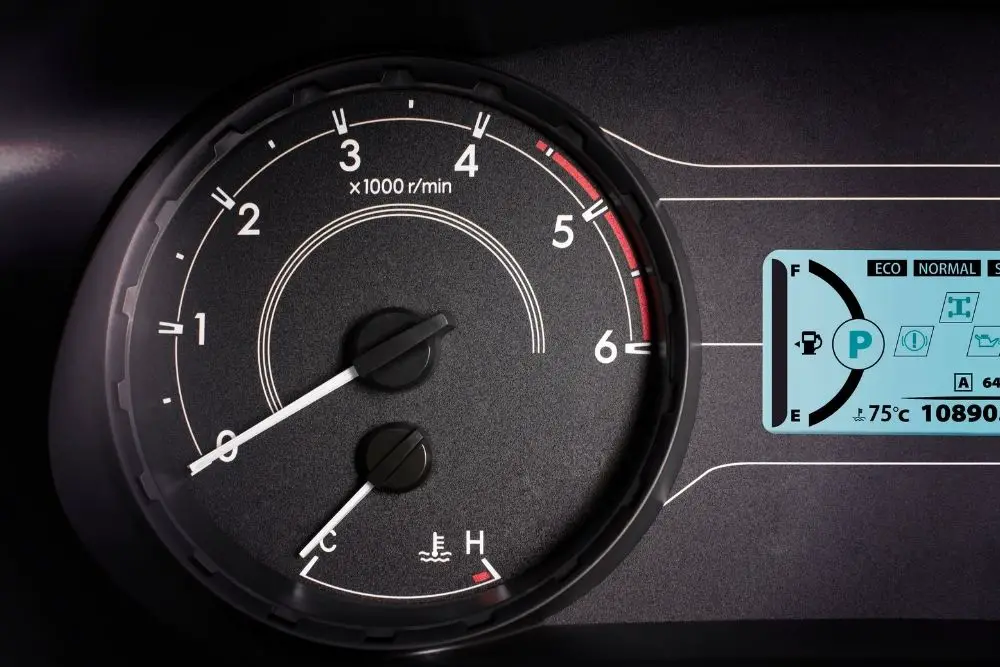
What’s a normal RPM for a car engine?
Of course, this figure will vary somewhat depending on the type of car you have, how old it is and what condition it’s in.
For a normal, gas guzzling road car, roughly 1500-2000 RPM would be normal for cruising down the highway. This is pretty much the same for diesel cars around the same speed.
The majority of modern, gas powered cars nowadays can get up to 6000 RPM at a maximum. This isn’t great driving practice for keeping your engine or gearbox in good condition, but it is the sort of RPM you could reach if you were driving on a race track.
As a comparison, Formula 1 racing cars (some of the most powerful in the world) will have engines that can reach 12,000 RPM during a race. That’s twice the power of a standard road car!
Does RPM affect fuel consumption?
Yes, looking at your car’s RPM is a good way of determining how fuel efficient it is. As a general rule, the lower the car’s RPM is, the less fuel it will consume. This doesn’t mean that you should drive slower than normal, though. When driving at a constant speed, it’s best to maintain around 1500-2000 RPM to maximize fuel efficiency.
How does RPM affect torque?
Torque is a measurement, expressed in pound-feet (lb-ft), that is used to help determine the power of an engine.
Without getting too scientific and technical, engine power is basically determined by the interaction of torque and RPM. The measurement of a car’s horsepower is calculated by a multiplication of RPM and torque, meaning that RPM doesn’t really affect torque directly.
However, torque is calculated based on the RPM of a car at a certain time. Therefore, the two do have an indirect effect on each other, though this is largely unimportant when determining the power and value of a car.
In general, lower RPM results in higher torque, which therefore gives the engine a lower horsepower. The same is true of the opposite. If a car has a higher RPM, it will output less torque and will therefore have a higher maximum horsepower.
Can a high RPM clean a car engine?
Interestingly, running your car at a high RPM is actually a great way of cleaning out the engine. This works because your car often won’t get up to the maximum 6000 RPM and will leave small carbon deposits inside certain internal components. Running the car at its maximum RPM will clear out some of these deposits, keeping the engine clean and in good working condition.
If carbon deposits build up too much inside the engine, it can cause misfires, make the can perform worse and require some more intensive cleaning and maintenance down the line. Sure, this method does waste a small amount of fuel, but the financial cost is more than made up for by the savings you’ll make from maintenance on your engine.
Final Thoughts
Hopefully, this has cleared up some of your confusion about what RPM means for a car engine. We haven’t been getting into the true, technical definitions here, so feel free to look up the inner workings of an internal combustion engine and gearbox for some more detail.
The main take away point is that you should be wary of your car’s RPM if it has a manual transmission gearbox. If you don’t, it could cause plenty of problems for the car’s longevity and performance down the line.

